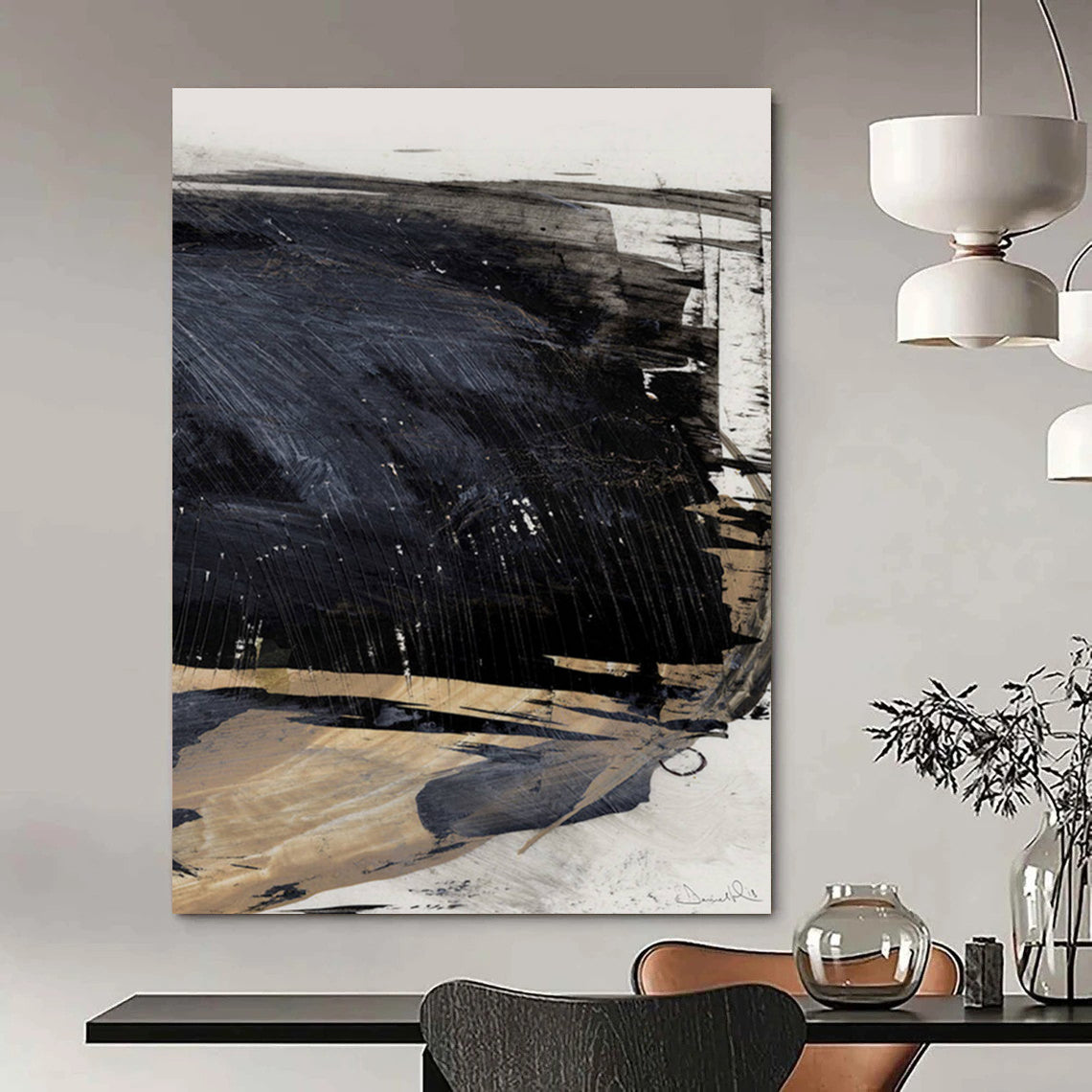Gray abstract art occupies a unique space in the spectrum of abstract expression, balancing between stark contrasts and muted neutrality. This art form uses shades of gray to evoke emotion, texture, and depth without relying on vibrant color, inviting viewers to engage more deeply with form and feeling. Unlike more vivid hues, gray emphasizes nuance and subtlety, making it ideal for conveying complexity and intellectual reflection.
Within the contemporary art scene, artists and collectors alike are drawn to the restrained yet profound impact that Gray Abstract Art offers, especially for interior designs that favor calm sophistication.

Influential Artists and Their Contributions
Legendary artists such as Mark Rothko harnessed gray to explore existential themes, imbuing their canvases with meditative depth through soft, layered fields. Rothko’s abstract paintings often utilize gray as a base, marrying it with warmer or cooler tones to evoke emotional resonance.
The early modernist Piet Mondrian created notable works like Gray Tree that demonstrate the power of gray in abstract cubism. His use of geometric form combined with gray introduced an intellectual rigor to the symbolism of abstract art. Mondrian’s Composition (No. 1) Gray-Red further emphasizes gray’s ability to harmonize with other colors to achieve balance and form.
Another pioneer is Agnes Martin, whose minimalist grids in subtle gray tones invite contemplation of serenity and order, revitalizing gray as an expressive color in minimalist abstraction.
Techniques and Expressions in Gray Abstract Painting
Gray abstract artists employ a variety of techniques to manipulate tone, texture, and spatial perception. This often includes layering translucent glazes, applying bold brush strokes, or integrating mixed media to highlight gray’s complexity.
Many artists use interplay between light and shadow on textured surfaces to create a dynamic experience, where gray is neither mere absence nor dullness but a vibrant, living color capable of holding emotion and movement.
The subtlety of gray encourages viewers to look beyond color, focusing on form, balance, and the interplay of textures—a hallmark of the best Gray Abstract Art.
Gray Abstract Art in Contemporary Spaces
In today’s design ethos, gray abstract art complements modern and minimalist interiors perfectly. It enhances spaces with its calming effect and ability to evoke depth without visual clutter.
Emerging artists continue to expand on traditional gray palettes by blending classic painting techniques with digital and mixed media innovations, ensuring that gray remains a vital color in the evolving language of abstract art.
Further Exploration and Resources
For more insights and to explore inspiring examples of gray abstract art, check out these authoritative sources:
-
Here's Some Soothing Grey Abstract Art for Your Wall - Ideelart
-
Composition (No. 1) Gray-Red by Piet Mondrian - Art Institute of Chicago
FAQs about Gray Abstract Art
What emotional qualities does gray abstract art convey?
Gray often evokes introspection, calm, subtle complexity, and balance between light and dark.
Which artists are best known for their gray abstract works?
Mark Rothko, Piet Mondrian, Agnes Martin, and Jackson Pollock are among the notable masters.
What techniques characterize gray abstract painting?
Artists use layering, texture, glazing, and contrast to bring gray’s tonal range to life.
How can gray abstract art enhance modern interiors?
By adding depth and serene sophistication, gray works complement minimalist and contemporary spaces.
Where can high-quality gray abstract artworks be found?
Explore curated collections like Gray Abstract Art for stunning examples.

